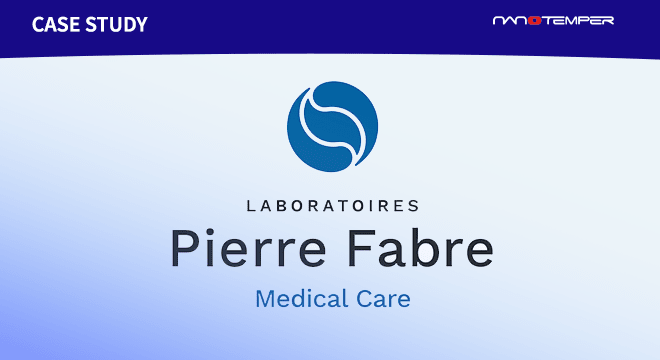
As the folding of a protein is intimately linked to its function, more insight into the principles behind protein folding and the correct foldedness of proteins leads to better understanding of diseases and the development of drugs.
The so-called “protein folding problem” — that is, the necessity for more insight into protein folding — has become more apparent, in part, due to advances in genetic sequencing and bioinformatics. It is now much easier to determine the amino acid sequences of virtually any protein, yet the determination of its three-dimensional structure still requires laborious and expensive experimental effort.
And so, it has become a focus of intensive scientific research to come up with various computational and experimental techniques that can accurately predict, examine, and determine protein structures.
Here are a few organizations that are looking to tackle this issue through innovative community-based initiatives.
CASP (Critical Assessment of Techniques for Protein Structure)
Every two years, CASP (Critical Assessment of Techniques for Protein Structure) gathers a community of over 100 research groups around the world to compete and objectively determine the best methods of identifying a set of known protein 3D structures from just the amino acid sequence.
Taking first place in last year’s competition was a team that used an AI algorithm known as AlphaFold, which was developed by Google’s DeepMind. For many of the structures, this AI was able to achieve a high level of predictive accuracy comparable to those of structural laboratory experiments. This feat underscores the promising role that AI and computation can play in the future of structural protein biology.
Rosetta@Home
Initiated by the Baker laboratory of the University of Washington in 1998 as an approach to protein structure prediction, the Rosetta platform had then evolved to different “spin-off” ideas and several services. One of them being the Rosetta@home project, launched seven years later as a distributed computing project where participants (both scientists and the general public) can volunteer computing time from personal computers to a specific cause. It takes its name from the famous Rosetta stone, as its goal is to find out the structural “meaning” of proteins’ amino acid sequences.
Foldit
Also a spin-off of the Rosetta project, Foldit is an online game that was launched as a result of the collaboration between the Center for Game Science and Biochemistry department of the University of Washington. It is one of the pioneers of gamification projects and allows everyone to play puzzles to solve protein structures. The highest scoring solutions by players are then analyzed for applicability to proteins in the real world, including those involved with HIV, cancer, and Alzheimer’s. Foldit has also participated in CASP experiments since 2008.
Folding@Home
Started in 2000 and officially released at the end of 2020, Folding@Home is also a distributed computing project aimed to help scientists develop new therapeutics for a variety of diseases, currently focusing on neurodegenerative diseases and COVID-19. The project utilizes different types of processors like central processing units (CPUs), but also, PlayStation 3s, and some Sony Xperia smartphones, to model the process of protein folding and help researchers.
These projects show the value of community-based problem solving. In tackling a puzzle, a hundred heads (with added computational help) are much better than one. To learn more about the protein folding mystery, click here.























